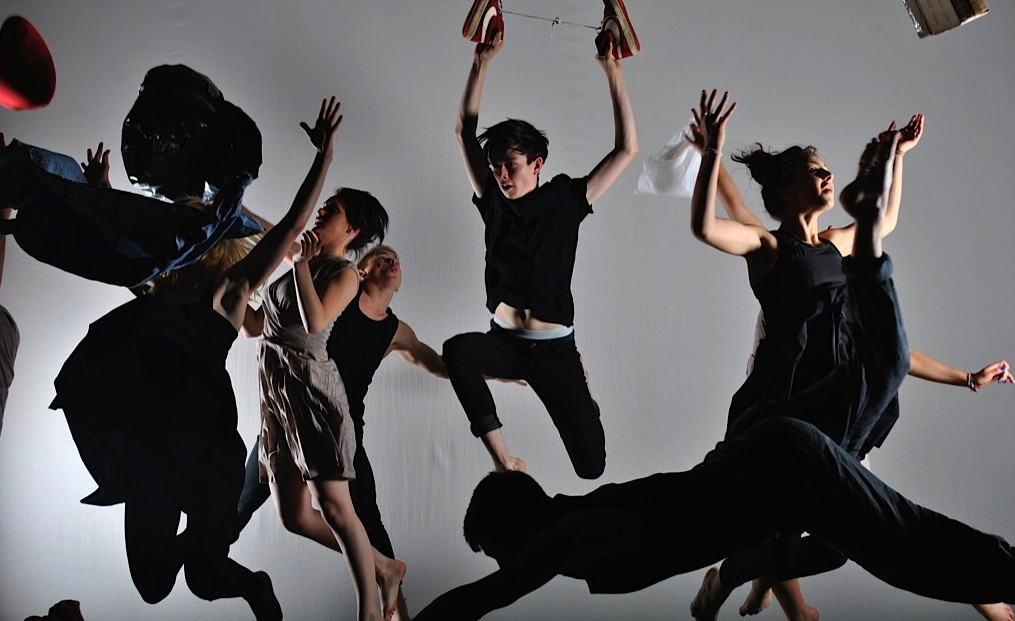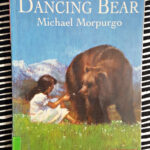Dancing is a powerful art form, a fantastic way to stay active, and a joyful expression of movement. But like any physical activity, it comes with potential risks. The term “safe dance practice” might sound restrictive, conjuring images of endless rules and limitations. However, understanding and implementing safe dance practice is actually about empowering dancers to move more freely, train effectively, and enjoy a long, healthy dance journey.
Beyond the Checklist: What Safe Dance Practice Truly Is
Many mistakenly believe “safe dance practice” is just a tedious checklist of health and safety regulations. Dancers, choreographers, and teachers might worry that it stifles creativity and limits artistic exploration. Fortunately, the growing field of dance science reveals the opposite is true. By understanding safe dance practice, we can actually enhance artistic endeavors. It’s about equipping dancers to train optimally, minimizing injury risks, and allowing them to push their boundaries safely and sustainably. Instead of hindering artistic risk-taking, safe dance practice supports it by ensuring dancers are physically and mentally prepared to meet challenges.
Who Benefits from Safe Dance Practice? Everyone.
Safe dance practice isn’t exclusive to elite dancers or those perceived as injury-prone. It’s crucial for dancers of all ages, abilities, and dance styles. Whether you’re a beginner taking your first class or a seasoned professional, understanding how to dance safely is essential.
- Dancers: Empowered to take responsibility for their bodies, maintain their fitness, and prevent injuries.
- Teachers: Entrusted with the well-being of their students, needing the knowledge to instruct safely and effectively.
- Choreographers: Relying on dancers’ abilities to bring their creative visions to life, requiring an understanding of dancer welfare.
- Artistic Directors and Managers: Responsible for dancers’ schedules and rehearsal environments, playing a vital role in ensuring safe working conditions.
More Than Just a Safe Space: The Scope of Safe Dance Practice
Is safe dance practice simply about having a sprung floor, a first aid kit, and knowing fire exit locations? While these are essential elements of a safe environment, safe dance practice encompasses much more. It’s a holistic approach considering various interconnected factors.
The Core Principles of Safe Dance Practice
Dance science research has been instrumental in identifying the key principles of safe dance practice. These principles address the complex interaction of environmental, physical, and psychological elements that impact a dancer’s effectiveness and well-being. They are universally applicable across all dance genres, skill levels, ages, and participation contexts.
Environmental Factors for Safe Dance
The ideal dance environment plays a crucial role in dancer safety. Key environmental principles include:
- Flooring: A sprung floor with a non-slip yet not overly sticky surface is optimal for both shoes and bare feet, reducing impact and the risk of slips or falls.
- Temperature: Maintaining an appropriate temperature prevents overheating and excessive sweating (leading to dehydration) or getting too cold (increasing injury risk due to muscle stiffness).
- Space: Adequate space prevents collisions and allows for unrestricted movement. The dance area should be free of obstacles that could cause hazards.
 Dancers in a studio setting, practicing safe dance techniques
Dancers in a studio setting, practicing safe dance techniques
While ideal conditions aren’t always achievable, understanding these principles allows for informed decisions to minimize risks. For instance, on a hard floor, reduce or avoid jumps. Adjust clothing layers to maintain body temperature and clear the dance space of any obstructions. Proactive measures such as risk assessments, injury reporting protocols, and insurance considerations are also vital components of environmental safety.
Physical Principles for Dancer Well-being
Understanding the body’s mechanics in dance is paramount to safe practice. This knowledge empowers dancers to:
- Effective Warm-up and Cool-down: Properly preparing muscles for activity and aiding recovery reduces strain and injury risk.
- Functional Alignment: Recognizing and striving for good alignment specific to their dance style, without pushing beyond individual physical limits.
- Strategic Stretching: Understanding different stretching types and their appropriate application for improving flexibility and range of motion safely.
- Workload and Rest Balance: Optimizing training schedules to prevent overexertion and fatigue, allowing for adequate recovery.
- Nutrition and Fitness: Maintaining a well-nourished and fit body, ready to meet the physical demands of dance.
By incorporating these physical principles, dancers can minimize injuries, enhance performance, and extend their dancing careers.
Psychological Principles for a Positive Dance Environment
The psychological aspect of safe dance practice is often overlooked, yet mental and physical health are intrinsically linked. A positive and supportive learning environment is crucial for:
- Building Self-Confidence: Fostering a space where dancers feel secure and encouraged.
- Reducing Stress and Anxiety: Minimizing performance pressure and creating a relaxed atmosphere.
- Promoting Emotional Well-being: Supporting dancers’ mental health alongside their physical training.
Key psychological or behavioral factors include:
- Respectful Relationships: Cultivating mutual respect between dancers and teachers/leaders.
- Positive Communication: Ensuring clear, constructive, and encouraging feedback.
- Effort and Progress Focus: Emphasizing learning and growth over innate talent, valuing mistakes as learning opportunities, and discouraging comparisons with others.
- Positive Self and Peer Attitudes: Promoting self-acceptance and supportive relationships among dancers.
Handling Injuries: Being Prepared
Even with the most diligent safe dance practices, injuries can still occur in a physically demanding art form like dance. Therefore, knowing how to respond effectively to an injury is crucial. Understanding basic injury management principles like PRICED is essential:
- Protect: Prevent further injury by stopping the activity.
- Rest: Avoid using the injured area.
- Ice: Apply ice to reduce swelling and pain.
- Compression: Use a bandage to support the injured area and minimize swelling.
- Elevation: Raise the injured area above the heart to reduce swelling.
- Diagnosis: Seek professional medical advice for proper assessment and treatment.
Knowing and applying PRICED immediately after an injury allows for a swift and responsible initial response before professional medical help is sought.
Tailoring Safe Practice to the Dancer
The most vital aspect of safe dance practice is its practical application. When teaching or rehearsing dancers, it’s essential to respond to the individuals present, considering their unique needs and the dynamics of the group. Expectations and demands should be adapted accordingly.
Dance sessions must be tailored to:
- Age: Recognizing how the body changes throughout the lifespan, from childhood to older adulthood.
- Ability: Considering the context, whether recreational, vocational, or professional dance.
Training principles can be adjusted to encourage technical development in any setting, ensuring progression at a suitable pace and intensity. This approach minimizes injury risks associated with overwork, fatigue (both physical and mental), excessive repetition, unrealistic goals, and imbalanced training schedules.
Embracing Safe Dance Practice for a Sustainable Dance Future
Whether dancing for recreation, enjoyment, social connection, or pursuing high levels of athleticism and virtuosity, prioritizing safe dance practice is paramount. While upholding every principle perfectly at all times might be challenging, understanding and striving towards them is key.
Safe dance practice is not a restrictive set of rules but rather an empowering approach to minimize injury risk, maximize potential, and extend dance participation. By embracing these science-informed principles, dancers, teachers, and choreographers can push artistic boundaries while ensuring a healthy and sustainable future for dance.
Further Resources:
For in-depth information, explore “Safe dance practice: An applied dance science perspective” (2015) by Sonia Rafferty, Charlotte Tomlinson, and Edel Quin, available at http://www.humankinetics.com/products/all-products/safe-dance-practice.
Learn more about Safe In Dance International (SiDI) and their global efforts to promote safe dance practice education at http://www.safeindance.com/.

